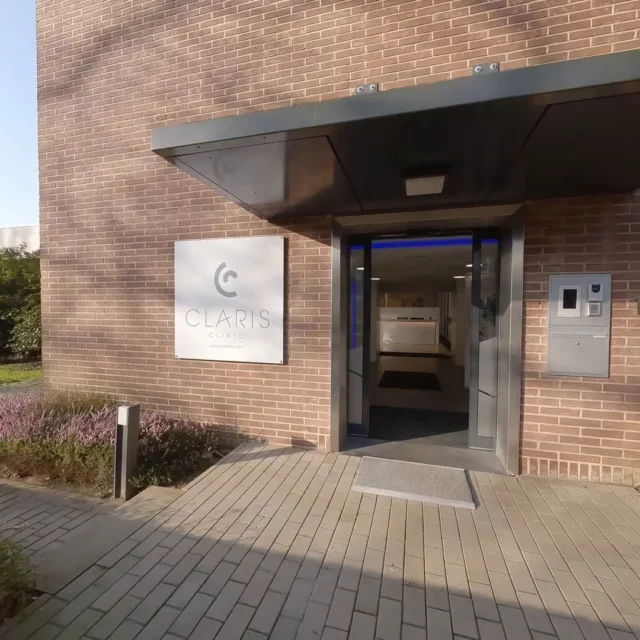As explained in a previous publication, there are many causes of sagging skin. Prevention remains the best weapon, so it’s best to protect yourself from the sun’s rays, avoid smoking and drinking too much alcohol. Unfortunately, this is not enough. Fortunately, however, there are a number of solutions for toning and maintaining skin elasticity.
1. General solutions
Creams: So-called “firming” creams, applied regularly, can have an impact on sagging skin on the face and body, by boosting collagen production and stimulating tissue oxygenation through massage.
Anti-sagging exercises and physical activities: Certain sports, such as aqua-biking, swimming and various body-building exercises, help to tighten and tone the skin.
Aesthetic surgery: When the skin is too distended and dissatisfied, it may be necessary to consider cosmetic surgery to lift the tissues (face lift, abdominal lift, arm lift…).
Aesthetic medicine: certain lasers and radiofrequency devices work deep within the tissues to stimulate collagen synthesis. Fillers or injections of hyaluronic acid also help to restore lost volume and thus combat sagging skin. Another totally non-invasive technique, however, firms the skin more effectively using the energy of micro-focused ultrasound: HIFU (“High Intensity Focused Ultrasound” ). This procedure really does dramatically tighten sagging areas.
2. HIFU: focused ultrasound treatment
HIFU is an innovative medical procedure that meets a growing demand from patients wishing to correct skin ageing, and particularly sagging skin. Using micro-focused ultrasound energy to tighten the skin, this device delivers a genuine lifting effect on sagging skin, without the need for surgery.
What are the advantages of HIFU treatment?
The main advantage of the HIFU technique is that it is totally non-invasive (no surgery) and causes no social exclusion. You can resume your professional or private activities immediately after treatment. Side-effects are rare, very limited and transient: edema or slight sensitivity of the treated area, localized redness.
When performed on the face, the HIFU technique has the advantage of not altering facial expressions or volumes, which can sometimes be the case with a surgical facelift. HIFU offers natural-looking results that are visible after 3 to 4 months, and for at least 18 months.
How does HIFU treatment work?
HIFU medical technology uses the action of micro-focused ultrasound at different depths of the skin to induce skin tissue re-tensioning. Unlike lasers, these ultrasounds can penetrate much deeper into the skin (up to 4.5 mm) and reach its deepest layers, heating the tissue to 70°c.
To find out more about how HIFU works, watch the video below.
The treatment can be performed with or without local anesthetic. A special gel is then applied to the skin to promote ultrasound penetration. Ultrasound is delivered by a handpiece at a controlled depth using specific heads. The greater the degree of sagging, the greater the number of impacts required to achieve the best possible results. The price of a HIFU treatment therefore varies according to the number of impacts required.
The aim of HIFU is to boost collagen and elastin production in the various layers of the skin. Initial results are immediate, as collagen retracts to produce a tightening effect, but the definitive result is obtained after 3 to 6 months, with the production of new collagen.
Limits of HIFU treatment
While this technology can safely and durably treat sagging of the face and body, it is limited in the case of excessive sagging. If the sagging is too pronounced, it will be necessary to turn to traditional surgery. It should also be noted that HIFU, like surgery, can be combined with other treatments to achieve maximum results.




